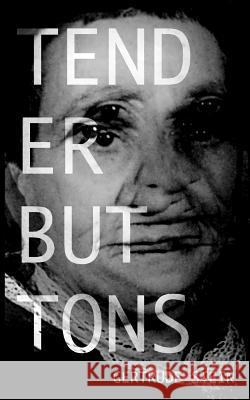Tender Buttons » książka
Tender Buttons
ISBN-13: 9780692747766 / Angielski / Miękka / 2016 / 78 str.
Tender Buttons
ISBN-13: 9780692747766 / Angielski / Miękka / 2016 / 78 str.
(netto: 43,56 VAT: 5%)
Najniższa cena z 30 dni: 45,49
ok. 16-18 dni roboczych.
Darmowa dostawa!
Tender Buttons is a 1914 book by American writer Gertrude Stein consisting of three sections titled "Objects," "Food," and "Rooms." While the short book consists of multiple poems covering the everyday mundane, Stein's experimental use of language renders the poems unorthodox and their subjects unfamiliar. Stein began composition of the book in 1912 with multiple short prose poems in an effort to "create a word relationship between the word and the things seen" using a "realist" perspective. She then published it in three sections as her second book in 1914. Tender Buttons has provoked divided critical responses since its publication. It is renowned for its Modernist approach to portraying the everyday object and has been lauded as a "masterpiece of verbal Cubism." Its first poem, "A Carafe, That Is a Blind Glass," is arguably its most famous, and is often cited as one of the quintessential works of Cubist literature. The book has also been, however, criticized as "a modernist triumph, a spectacular failure, a collection of confusing gibberish, and an intentional hoax."
Tender Buttons is a 1914 book by American writer Gertrude Stein consisting of three sections titled "Objects", "Food", and "Rooms". While the short book consists of multiple poems covering the everyday mundane, Stein's experimental use of language renders the poems unorthodox and their subjects unfamiliar.Stein began composition of the book in 1912 with multiple short prose poems in an effort to "create a word relationship between the word and the things seen" using a "realist" perspective. She then published it in three sections as her second book in 1914.Tender Buttons has provoked divided critical responses since its publication. It is renowned for its Modernist approach to portraying the everyday object and has been lauded as a "masterpiece of verbal Cubism". Its first poem, "A Carafe, That Is a Blind Glass", is arguably its most famous, and is often cited as one of the quintessential works of Cubist literature. The book has also been, however, criticized as "a modernist triumph, a spectacular failure, a collection of confusing gibberish, and an intentional hoax".











